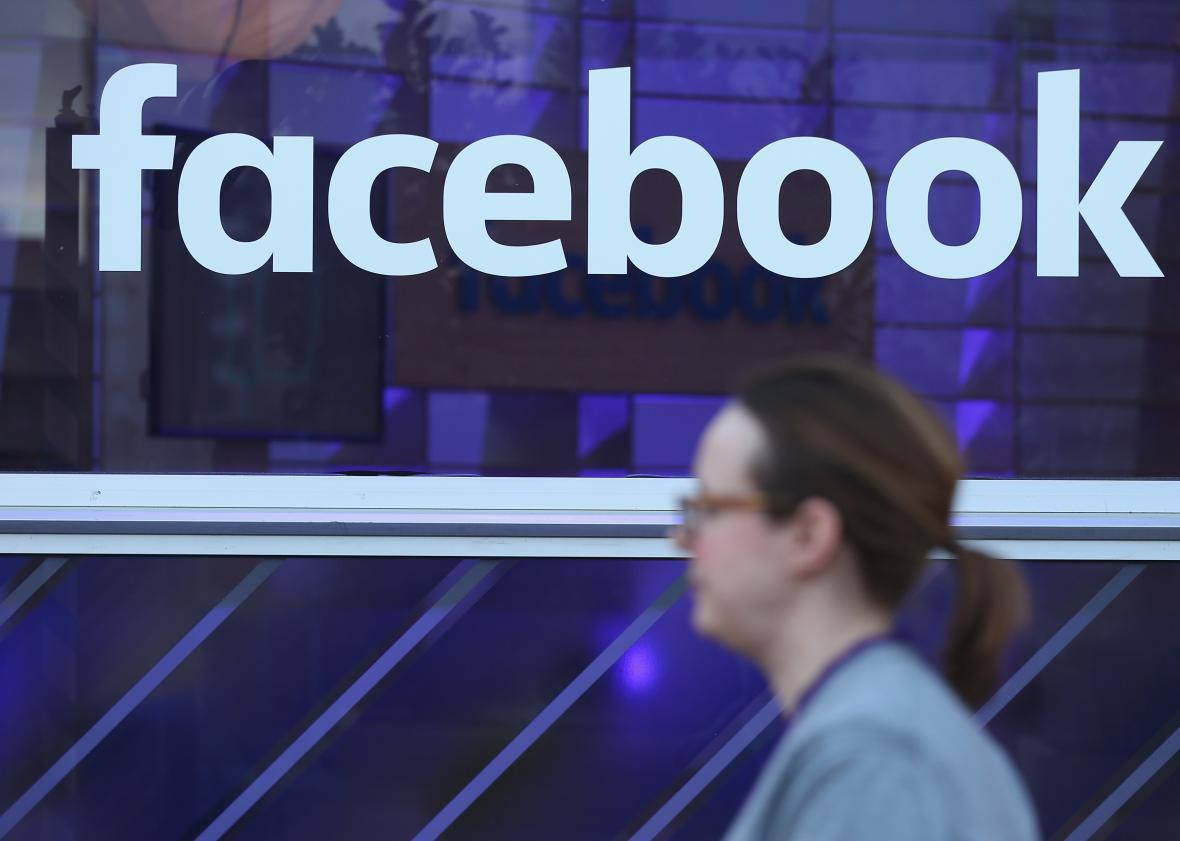On Sunday morning, I awoke to an email from a Donald Trump supporter that contained a threat to my life. I have received such threats before and will surely continue to get them. But this one was especially graphic and specific and has required me to consult with law enforcement—a nightmare scenario that was unimaginable before Trump and his ghastly army of piteous tormenters came on the scene. To illustrate the gruesome hate that now regularly pours into my inbox, I posted the email on Facebook and made the image public. Hundreds of people shared it as an example of the bigotry that Trump has unleashed upon people like me.
Then, a few hours later, Facebook removed the image, informing me that it violated “Community Standards.” It also removed altogether a long post that a close friend had written about the email and the threats to my life, which included an image of the threat. I promptly reposted the email along with Facebook’s warning. Naturally, Facebook removed that post as well. It then required me to “Review the Community Standards” before continuing to use the platform. (Update, 12:10 p.m.: A little more than hour after Slate published this article, Facebook restored the images.)

I reached out to Facebook’s press office on Sunday night but have received no reply. Slate’s social media director is in contact with Facebook to restore the images. But that is really no solution at all, because it is not only journalists with access to Facebook HQ who are receiving these threats. Myriad others are being subjected to vicious harassment in the wake of Trump’s triumph. His cruelest supporters feel empowered and emboldened; they are eager to effectuate their vision of America, which has no room for minorities. They will attempt to accomplish this by terrifying minorities into silent submission through a barrage of threats.
Apparently, if the victims of this intimidation attempt to illustrate their torment by posting proof of it on Facebook, the platform will silence them. Or, more specifically, the platform will allow Trump supporters to silence them: Facebook posts are typically removed after users flag them for violating community standards. As my experience proves, Trump supporters can easily flag images of threats, alleging that they violate these standards, and Facebook will censor them. Through this process, Facebook becomes complicit in the silencing of minority voices that are attempting to warn against the rising tide of violent bigotry.
Regulating hate on Facebook is undoubtedly very difficult, and as its censorship of the Napalm Girl photo demonstrated, the platform is ill-equipped to distinguish between bile and commentary. But at this point, it doesn’t even appear to be trying. Mark Zuckerberg has proclaimed that fake news is not a problem on Facebook. He insists that it’s “crazy” to think fake news on Facebook influenced the election and sees no way or reason to stop its spread across the platform.
Facebook may not be interested in monitoring nasty, inflammatory lies that call themselves “news”—but it sure is quick to censor people like me, who, it seems, are not permitted to post the actual threats that are turning our lives into a living hell. Zuckerberg may not believe that his platform aided the rise of Trump. But he should recognize that it is now actively helping Trump’s supporters secure dominance on the platform by silencing the voices that would speak out against them.
Update, Nov. 14, 2016: After Slate published this article, Facebook sent me a message stating that “a member of our team accidentally removed something you posted on Facebook. This was a mistake, and we sincerely apologize for this error.” Several minutes later, the images in question were restored.
